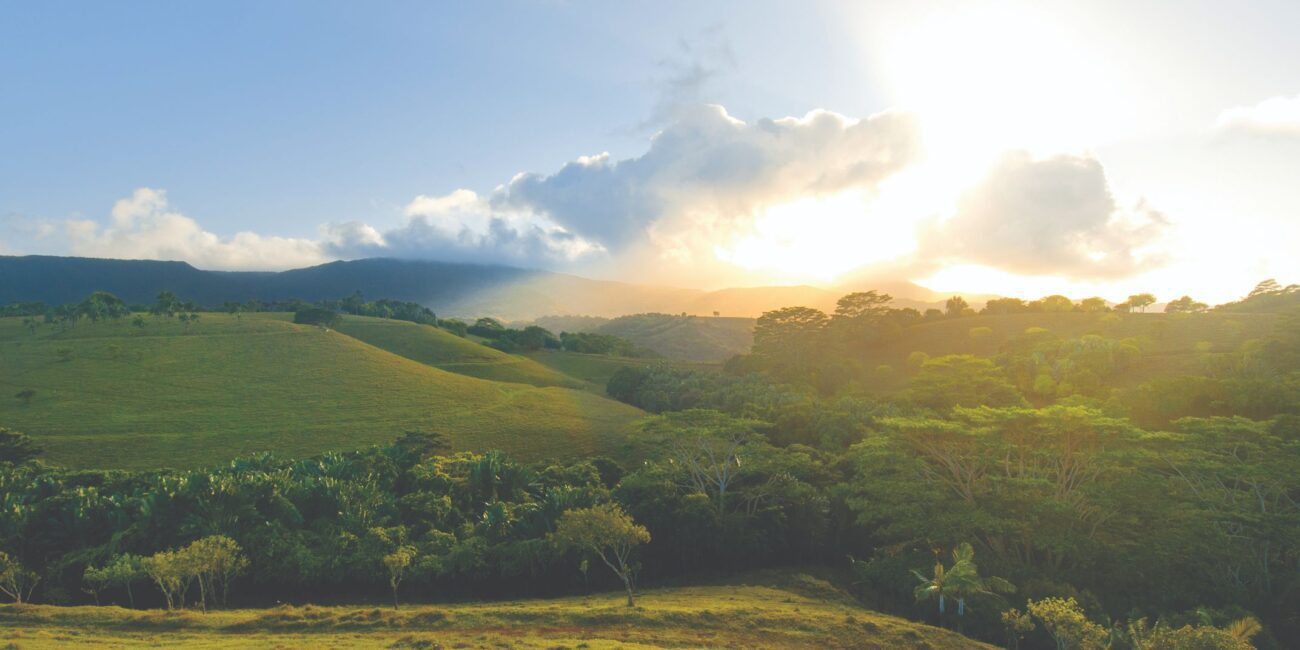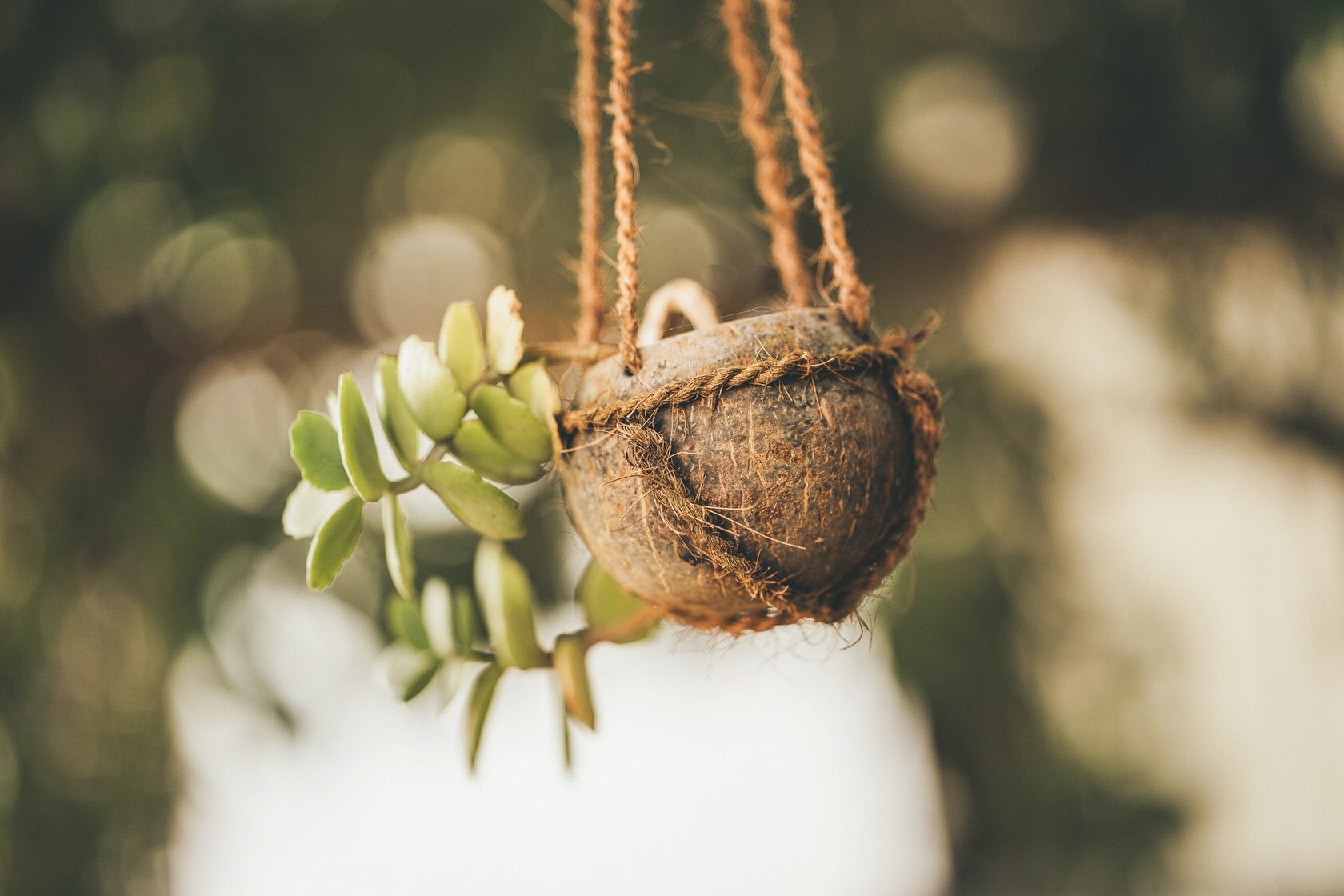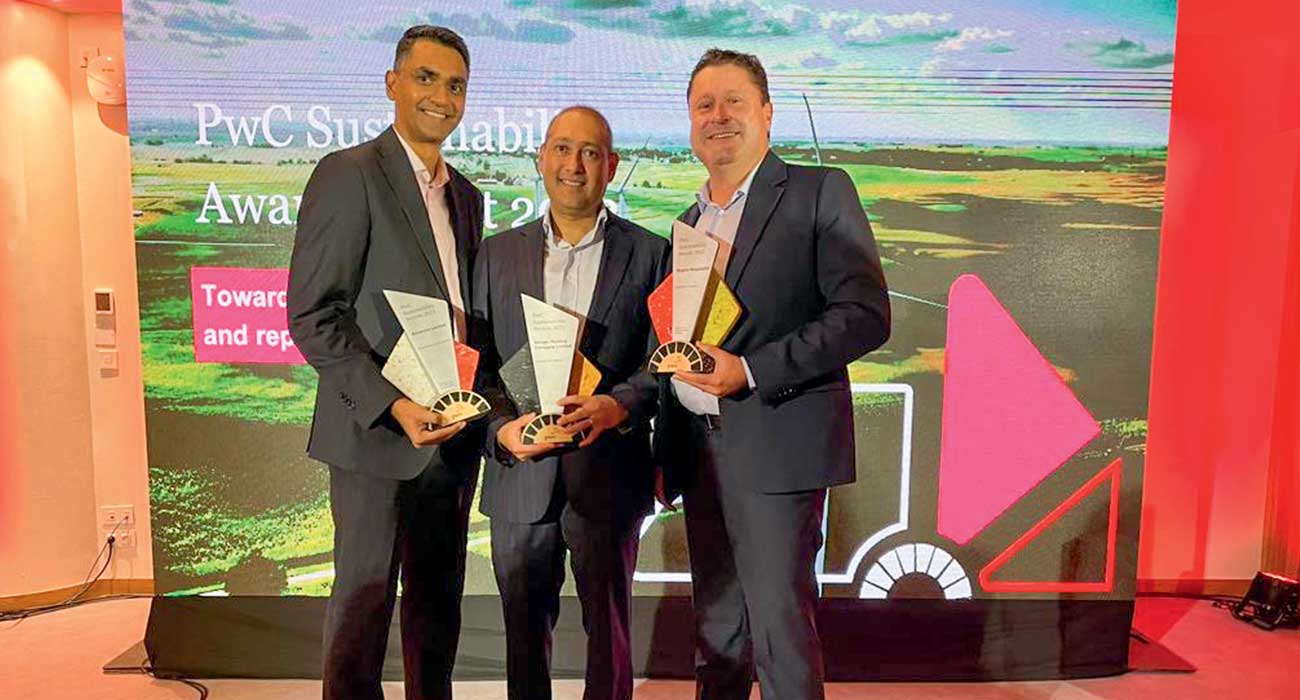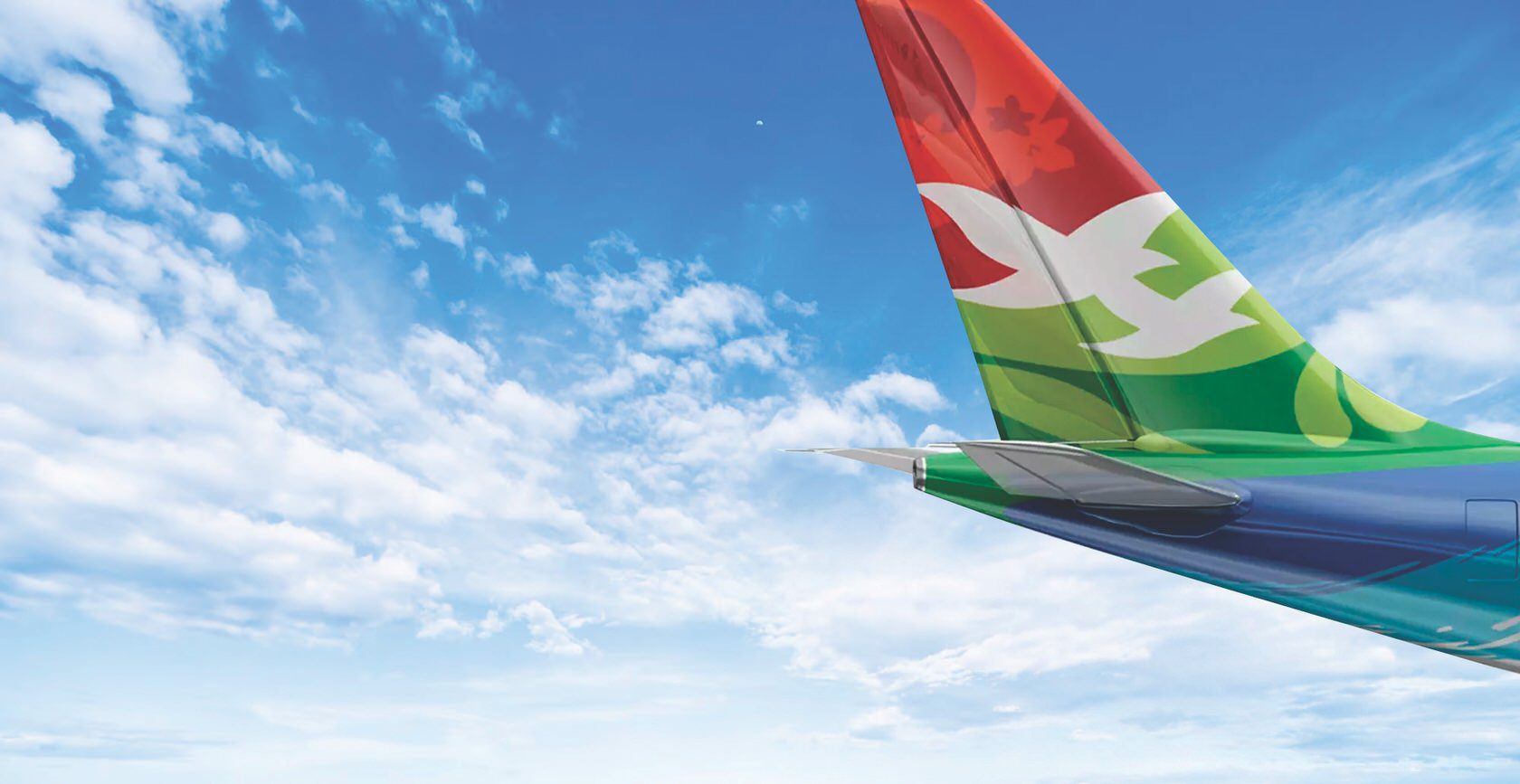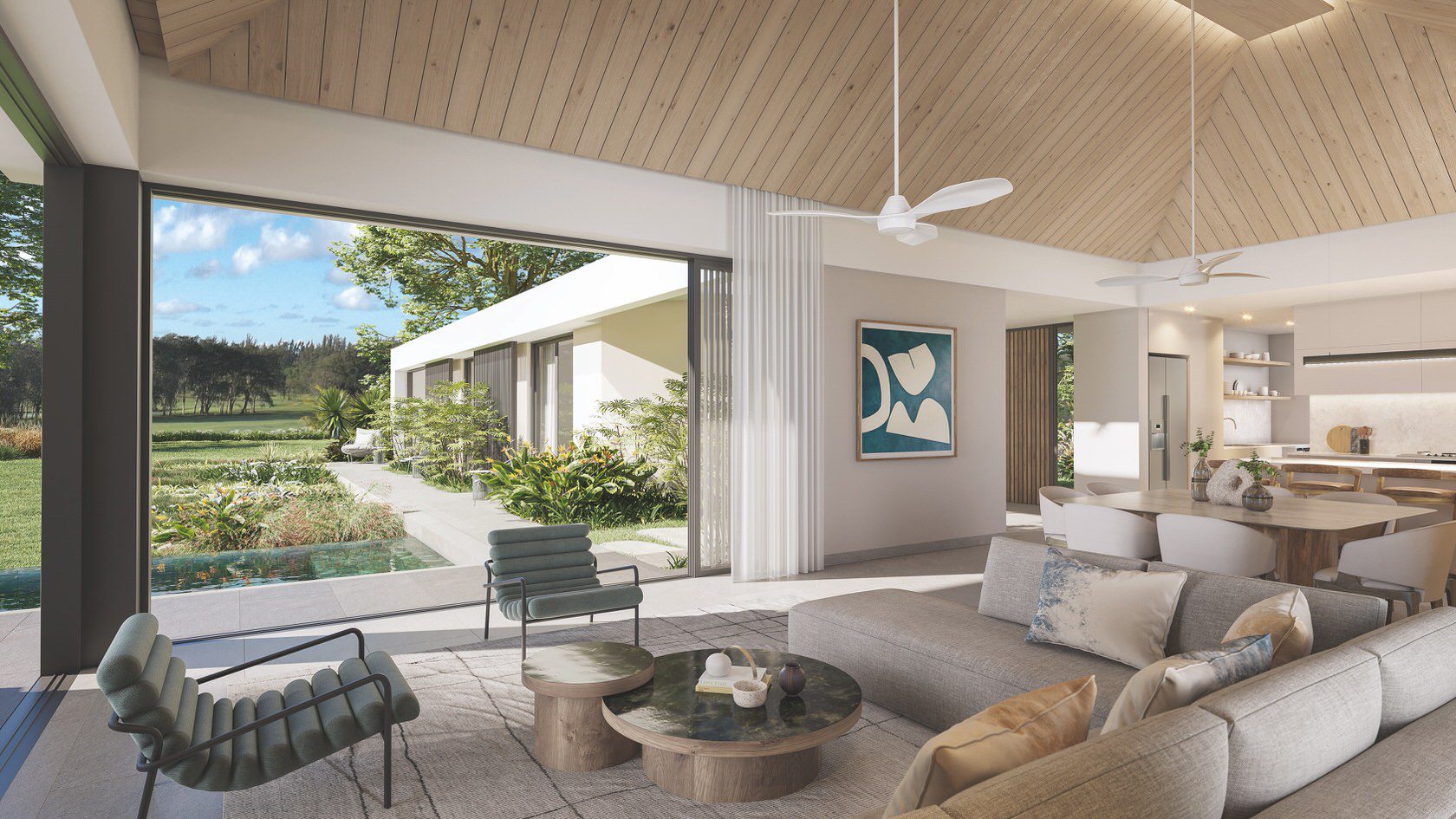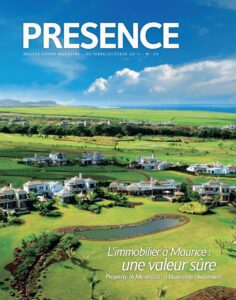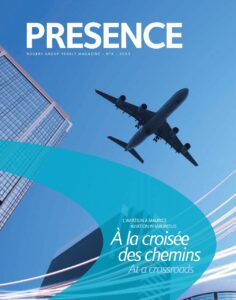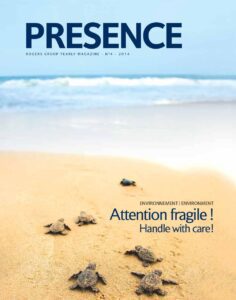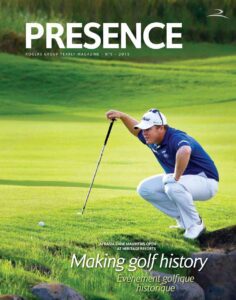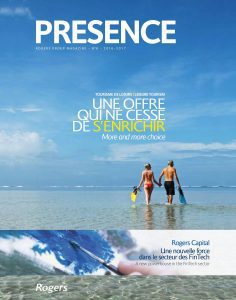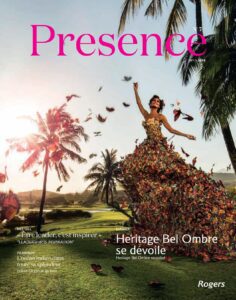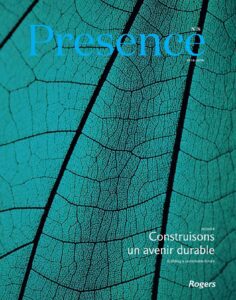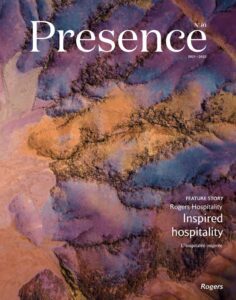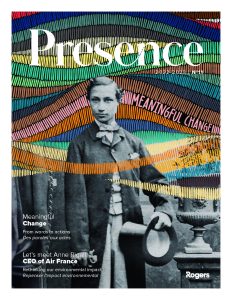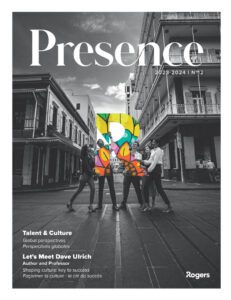By associating itself as a Platinum Partner with the first Women’s Forum for the Economy and Society to be held in Africa, Rogers was expressing its commitment to fighting climate change, which was central to the event.
photos : csbo
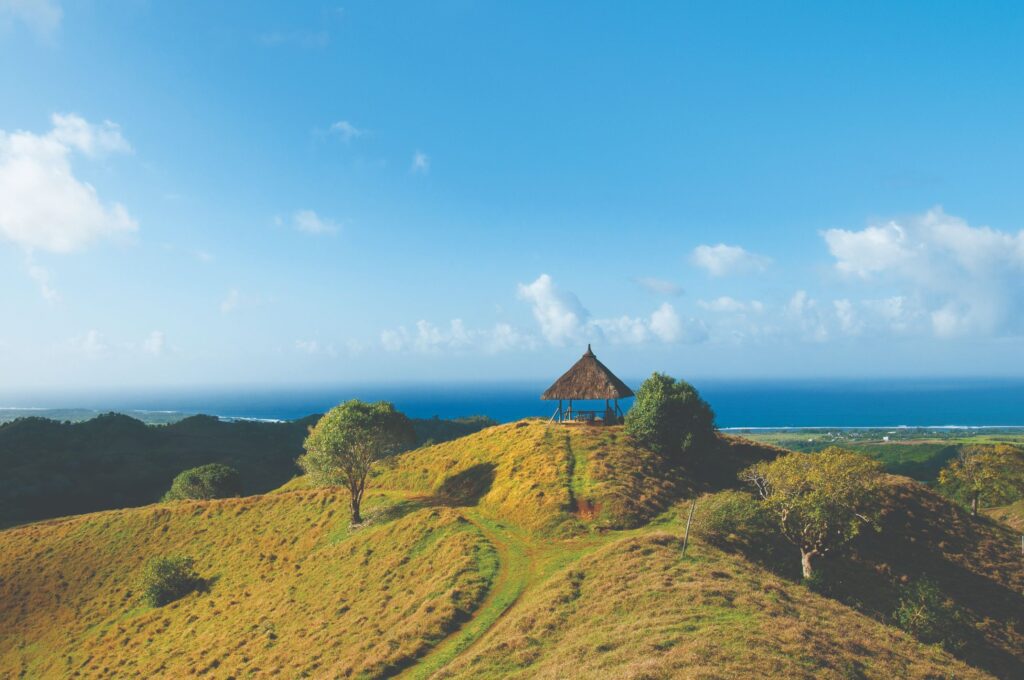
Located in the pristine South of Mauritius, the Domaine de Bel Ombre is famous for its exceptional natural beauty, as well as for its unique and diverse land and marine biodiversity. It stretches from the Frederica Nature Reserve, with its 1,300 acres of forest land, all the way down to the lagoon, with coastal wetlands, rivers and mangrove forests along the way.
A study of 265 acres of lagoon area has identified various important habitats, including four coral reef sites occupying 136 acres and with a high percentage of living organisms, 49 acres of aquatic plant habitat at the mouth of the Citronniers River and 70 species of fish. Conducted earlier this year by a scientific team from the NGO, Reef Conservation, the study was financed by hotels in the region, including those of Heritage Resorts through the Rogers Foundation.
The region, however, has not been spared the impacts of climate change, which is the most likely cause of variations in normal rainfall patterns, seasonal changes, rising temperatures, coastal erosion and a rise in sea levels. All this is bound to have profound implications for small island states and especially coastal regions like the Domaine de Bel Ombre, with impacts on all aspects of life, from the local economy to water resources, fishing and marine habitats, as well as bringing the
risk of flooding.
A UNIQUE CONCEPT
“We only protect what we love, we only love what we understand, and we only understand what we are taught,” Baba Dioum said when he spoke at the General Assembly of the International Union for Conservation of Nature in New Delhi in 1968. In a similar vein to the words of the Senegalese environmentalist, Rogers is intending to set up an Interactive Land & Marine Resource Centre in the heart of the Domaine de Bel Ombre.
The project, which should be ready by 2018, is receiving expert help from Reef Conservation on scientific aspects, from Anthropo-Consulting on anthropological, cultural and heritage matters relating to the functioning of a museum and from the aquarist Natham.
“This concept, a world first, will be our contribution to the preservation of biodiversity,” explains NPhilippe Espitalier-Noël, the Group’s CEO. “It will enable us to help Mauritian and overseas visitors better understand and love the environment.”
INTERACTIVITY
Focused on the deep interdependence and interaction that exists between Man and Nature, the centre, equipped with state-of-the-sort technology, will showcase the diversity of the area’s ecosystems and habitats. It will give visitors, whether they are schoolchildren, students, tourists, people who live locally or the general public, a learning and enriching interactive experience. A participative approach, based on discovery, awareness and investigation, aims over time to encourage them to embrace their civic environmental responsibilities.
“The Centre’s vision is to enrich the visitor experience and knowledge through a participative approach that embraces discovery, education and a desire to learn more which, in time will lead to more support for the preservation of forest areas and water courses, as well as the marine and coastal environments,” maintains Francois Rogers, the Group’s consultant on sustainable development and nature tourism. “It will be a real showcase for all the Bel Ombre ecosystems and how they are interlinked.”
This Interactive Land & Marine Resource Centre is also intended to be a research platform for students of Marine Biology at the University of Mauritius and other tertiary level institutions in the region and elsewhere. Additionally, it will have a space for temporary exhibitions on such varied subjects as climate change, the importance of the food chain, and waste management and deforestation issues.
The Centre will also be equipped with dry and marine laboratories. They will be used both for the breeding of species such as the seahorse, clown fish, “camaron” (Macrobrachium lar) and the giant mottled eel (Anguilla marmorata), as well as for the follow-up of the measures recommended in a plan drawn up based on the results of a recent study of the lagoon (see insert).
Over land and into the sea
With a background in Civil Engineering – he studied at the Georgia Institute of Technology in Atlanta – Christophe Curé currently works in the property development sector. From a very early age he was interested in sport, including athletics, tennis and golf. “My parents were members of the Mauritius Gymkhana Club and I was, you might say, always with a golf club in my hands. I took it up more seriously in 2007 and I was even the Mauritian team captain for the Inter-Island Competition in 2012.” He became a member of the Mauritius Golf Federation in 2011 and took over from Dr Roy Chavrimootoo for a four-year stint as President in early 2013. “We have continued to work on the lines established by the former committee and, with the current team, we’re all united in our desire to see golf make further advances in the island.”
An integrated approach

The creation of the Interactive Land & Marine Resource Centre is part of an integrated vision for the planning, management and development of the Domaine de Bel Ombre’s land and marine environment aimed at striking a better balance between nature conservation and human activity. A Lagoon Management Plan will act as the masterplan for the maintenance and restoration of the marine environment in consultation and collaboration with marine biologists, hoteliers in the neighbourhood and other stakeholders. Other measures will include the adoption of better practices so far as boat anchoring is concerned, as well as the control of motorised activities, the creation of rambling trails, the drawing up of a guide to the lagoon which will be placed in guestrooms in local hotels, and training and awareness activities for skippers and their crewmen. On land, biodiversity conservation activities will include such initiatives as the creation of an arboretum for native plant species and the elimination of invasive plant life in order to leave room for native coastal ecosystems, as well as the extension of existing mangrove colonies.

